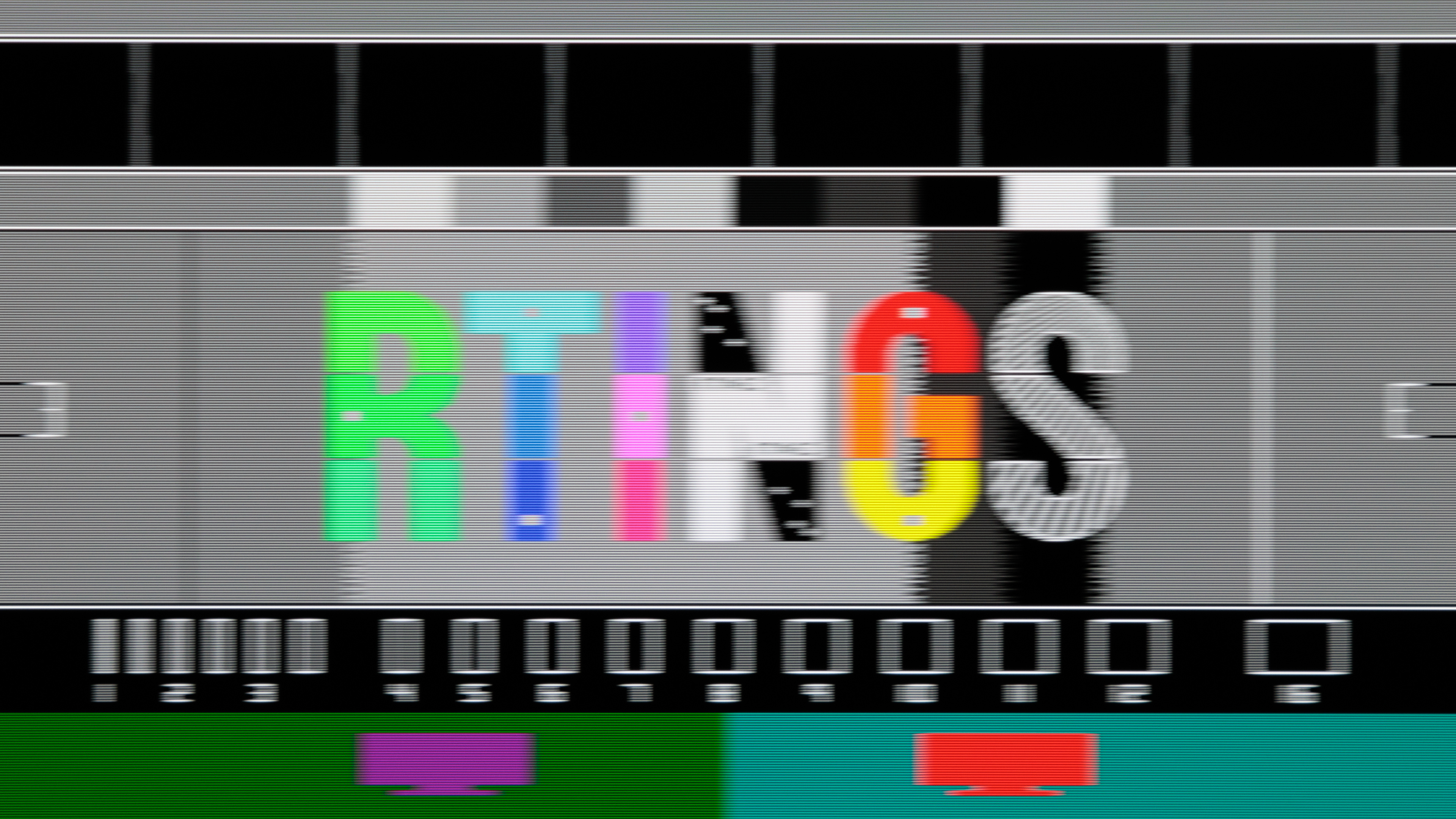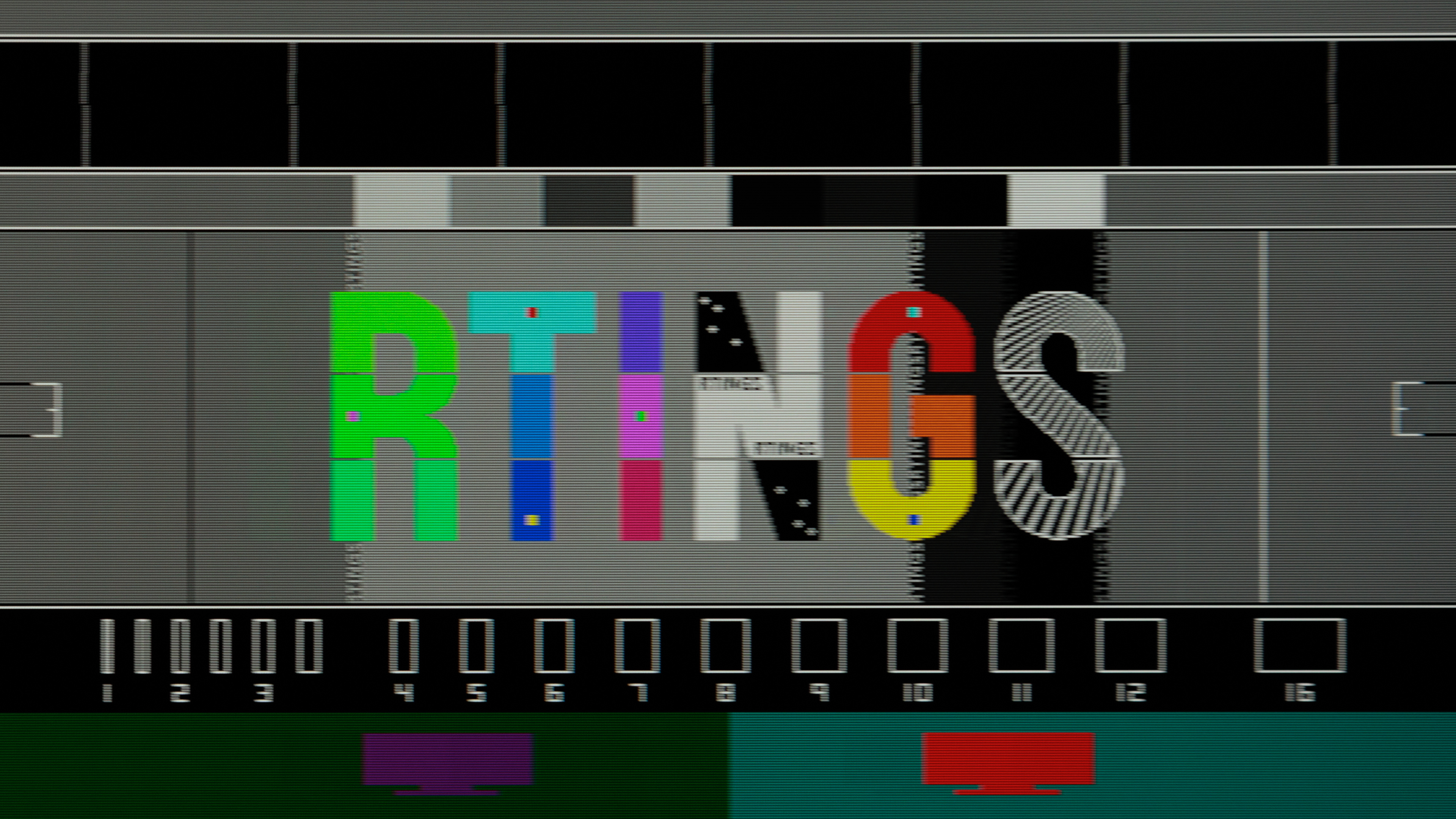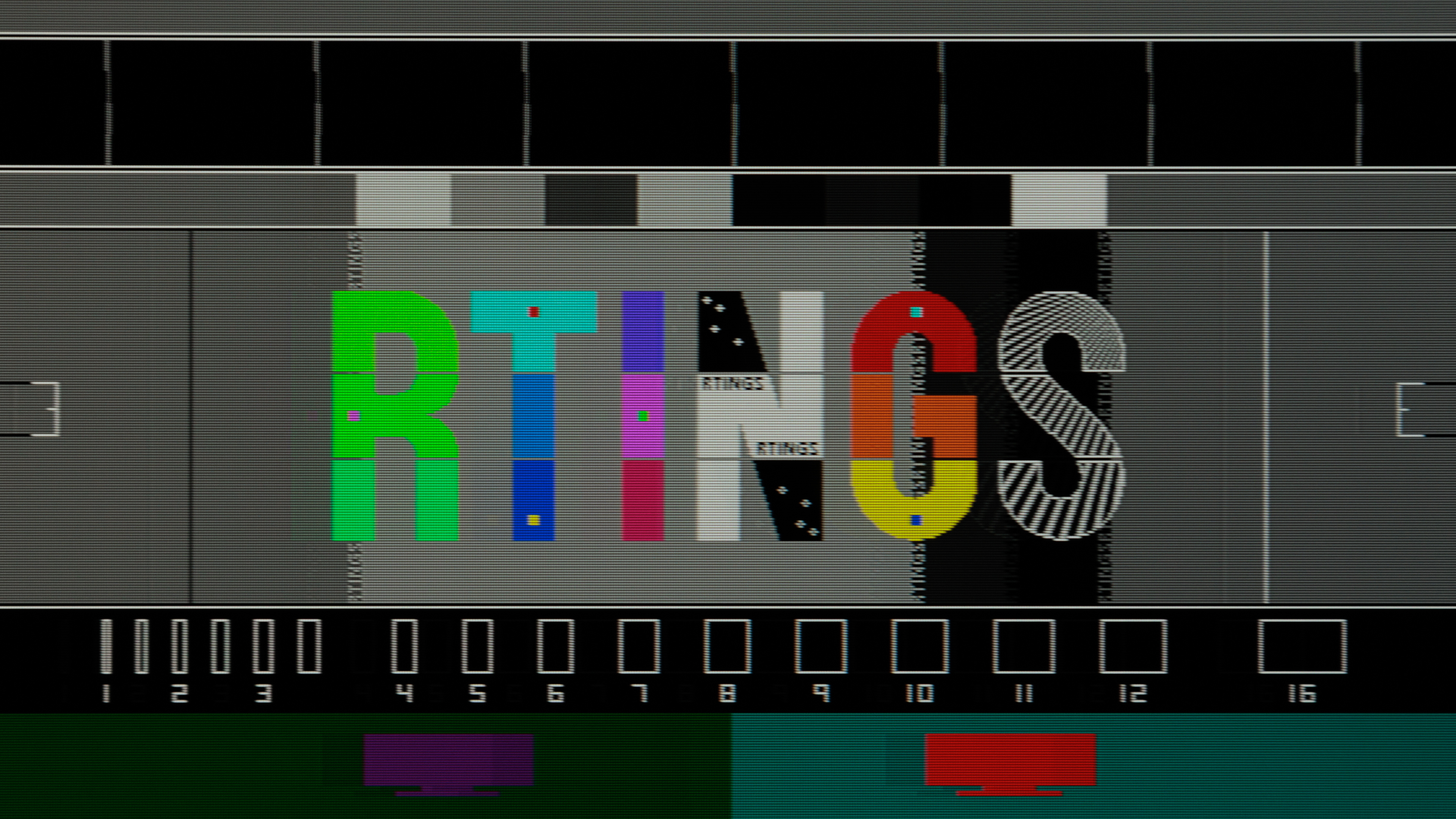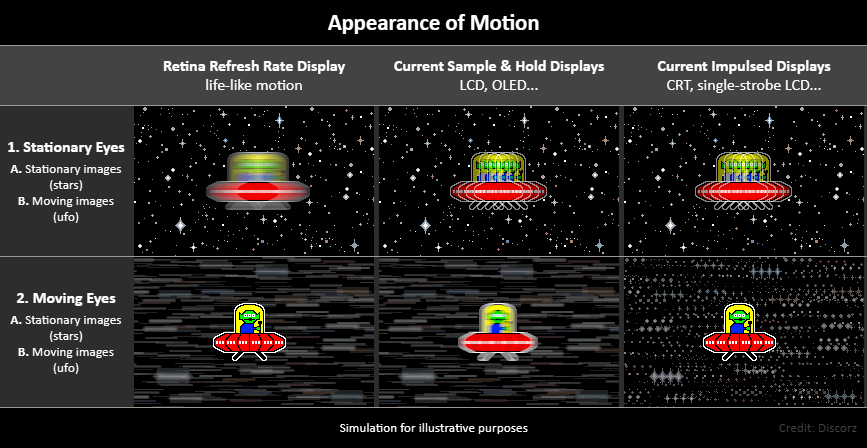Page 1 of 1
PROOF that 60HZ LCD Strobing has less blur than 240 HZ OLED
Posted: 04 Oct 2024, 08:50
by Supermodel_Evelynn
Top image is 480 HZ OLED from rtings and bottom is the XG2431 from blur buster
You can clearly see the XG2431 LCD has BETTER G2G and objection motion blur at 60 HZ / 60 FPS than the OLED has at 240 HZ / 240 FPS
Now imagine what 120 HZ is capable of?
^ 240 HZ OLED
 60HZ LCD XG2431 strobed
60HZ LCD XG2431 strobed

Re: PROOF that 60HZ LCD Strobing is faster than 480 HZ OLED
Posted: 04 Oct 2024, 08:52
by Supermodel_Evelynn
OOh I almost forgot this is 120 HZ Strobing on the XG2431 and we know full well this is better than a 1000 HZ OLED

Re: PROOF that 60HZ LCD Strobing has less blur than 480 HZ OLED
Posted: 04 Oct 2024, 09:36
by RealNC
This isn't new

480Hz non-strobed equals about a 2.1ms strobe pulse width (1000/480.) If you get a pulse width shorter than that, it's gonna be better than 480Hz non-strobed. For example a 1ms pulse width equals 1000Hz non-strobed.
Re: PROOF that 60HZ LCD Strobing has less blur than 240 HZ OLED
Posted: 04 Oct 2024, 13:25
by Discorz
Supermodel_Evelynn wrote:
OOh I almost forgot this is 120 HZ Strobing on the XG2431 and we know full well this is better than a 1000 HZ OLED
That's not how things work. Impulse-driven MPRT is NOT exactly the same as framerate-driven MPRT! True 1000Hz 1000fps 1ms MPRT looks and feels much more life-like as opposed to 120Hz 120fps 1ms MPRT.
Only reason why the two are comparable on images above is because these are pursuit camera tests (eye-tracking simulation) with a background-less moving pattern. Beware, these type of tests simulate only 1 out of
3 main "eye-motion vs content-motion" cases. In real world we are experiencing all kinds of eye-movement and content-movement combinations:

Eye-tracking is moving eyes on moving images (2B)
But I don't blame you. There has been too much attention given to eye-tracking on Blur Buster Forums and online in general. It's like we're just doing the eye-tracking on our monitors and nothing else. Barely anyone mentions or tests other cases (apart from "faulty" stationary camera tests - 1B). Benefits of ultra-high/retina sample rates are hidden in there as well.
Supermodel_Evelynn post wrote:
You can clearly see the XG2431 LCD has BETTER G2G and objection motion blur at 60 HZ / 60 FPS than the OLED has at 240 HZ / 240 FPS
GtG and MPRT are separate metrics. Essentialy end result is composit of the two. LC will probably never be as fast as LED.




